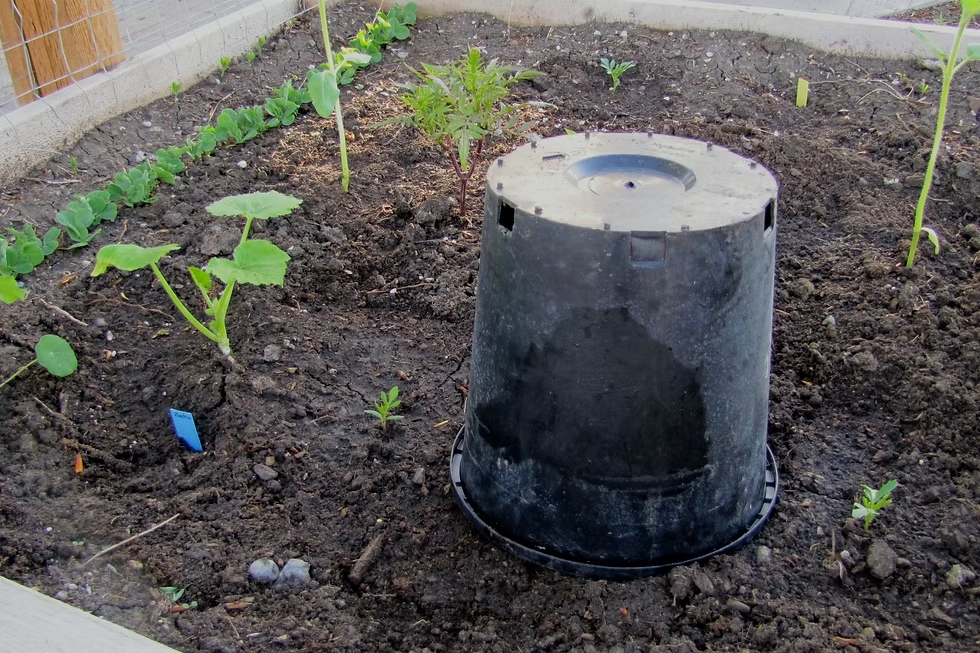Rapid City, S.D. — The garden season in the Rapid City area is now in its critical final phase. Frosts are likely no longer a question of if but when, and gardeners must move quickly to protect or harvest vulnerable plants before damage sets in.
FROST TIMING & RISK
Historically, Rapid City’s average first fall frost is October 1, based on climate normals. In many years, a full freeze (32 °F) arrives by October 12. Given that we are already past October 1, chances are high that frost has already occurred in your area or will very soon.
WHAT’S AT STAKE
Frost does different types of damage depending on plant hardiness:
- Tender annuals and summer crops (tomatoes, peppers, squash, beans, basil) are extremely susceptible; even a light frost can blacken leaves, collapse cell structure, and ruin fruit.
- Cool-hardy vegetables (kale, spinach, carrots, beets) may survive lighter frosts, but repeated freezes or deeper cold can injure roots or foliage.
- Perennials, hardy bulbs, shrubs can often endure winter cold if properly prepared, but exposed flowers and annuals are usually lost.
- Container plants are at special risk: cold air penetrates easily, and root zones may freeze if not moved or insulated.
WHAT GARDENERS SHOULD DO NOW
- Harvest or protect vulnerable crops immediately. Don’t wait. If frost is in the forecast, pick green tomatoes, pods, or fruits, even if they’re not fully ripe. Cover plants with frost cloth, burlap, old sheets, or other breathable fabric during cold nights.
- Move pots and containers indoors or into sheltered zones. Even a few degrees of buffer can make a difference.
- Trim and clean up. Cut back dead foliage, remove diseased plant material, and clear beds to reduce pest or disease carryover.
- Cover perennials and hardy plants. Apply mulch, straw, or leaf litter to insulate roots of perennials, bulbs, and shrubs.
- Monitor night-time lows closely. Keep an eye on forecasts — once temperatures drop into the high 20s to low 30s, frost risk is serious.
LOOKING AHEAD
We have entered the final stretch of the gardening season. Those plants that remain are on borrowed time. The next few nights will likely determine what survives and what doesn’t. Once frost becomes regular, we’ll shift into winter prep: lifting tender bulbs, mulching beds, and closing out the garden until spring.





